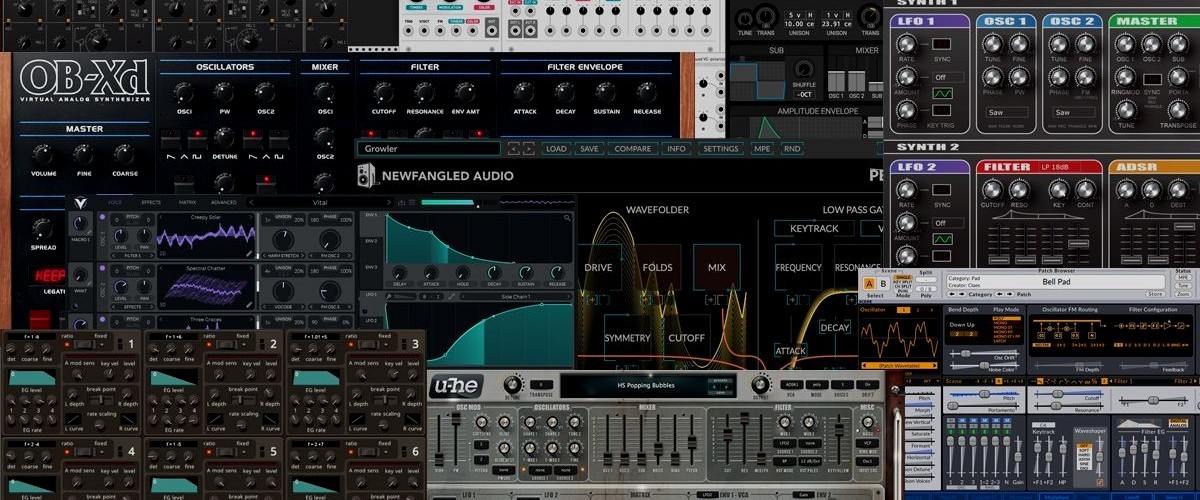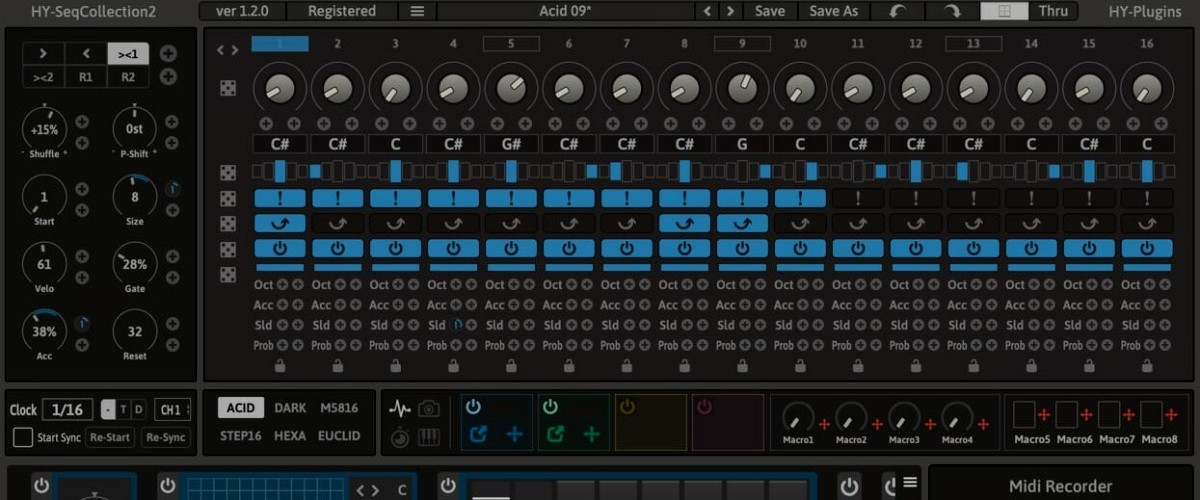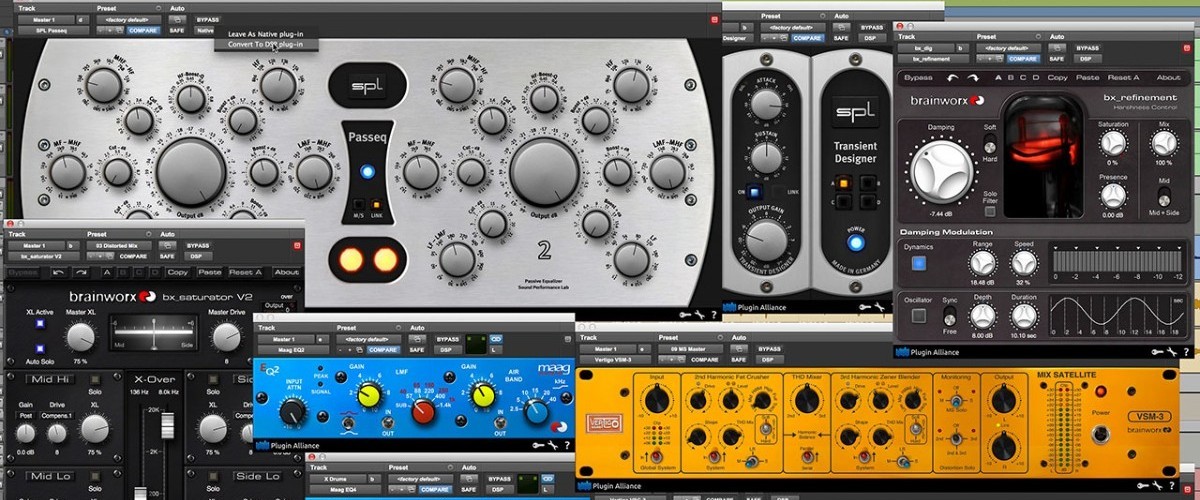Audio plugins come in various formats, each designed for a specific purpose. To ensure you get the most out of your audio plugins, it is essential to understand the different formats and their use. Here we will take a look at the most common plugin formats and how you can use them to improve your audio production.
Most common plugins
Plugins are mini-programs that are used to process sound in music audio editors. They are like a virtual version of hardware devices. Plugins can replace any complex hardware device. They use algorithms to process audio signals and simulate the work of mixing consoles or preamps.

VST Plugins
A VST plugin is a computer program that integrates with other software to provide additional functionality. They are most commonly used in audio production environments, where they can be used to add effects, instruments and other features to the audio signal. VST plugins can be used in a wide range of applications, from simple sound processing tasks to complex sound design.
VST plugins are typically developed by third-party companies and then licensed to audio software developers. The VST plugin standard is maintained by Steinberg, the company behind the popular Cubase digital audio workstation software. VST plugins can be used in any audio software that supports the VST standard, such as Ableton Live, Logic Pro and Pro Tools.
There are three VST plugins: VST Instruments, VST effects, MIDI plugins.
VST Instruments are plugins that generate audio. They can be either virtual synthesizers or samplers. Many VST instruments emulate the appearance and sound of famous hardware synthesizers. Some popular VST instruments include Massive, FM8, Absynth, Sylenth 1, Reaktor, Gladiator, Vanguard, and Omnisphere.
VST effects are used to process audio. It means that they change the sound of the audio being played. VST effects work like hardware audio processors, such as reverbs and phasers.
MIDI plugins process MIDI messages and send MIDI data to other VST instruments and hardware.
You can use VST plugins like Pro Tools and Logic in digital audio workstations. People use them to make it sound like they are using hardware outboard gear, like compressors, expanders, equalizers, and maximizers. In addition, you can find software that is designed to work like certain types of hardware. For example, there are versions that emulate vintage compressors and effects that mimic the sounds of vintage hardware.

RTAS and TDM Plugins
RTAS (Real-Time AudioSuite) and TDM (Time-division Multiplexing) plugins are audio processing units used to create or manipulate sounds. They were developed by Digidesign and are used in a variety of programs that create digital audio. RTAS and TDM plugins are similar to VST and AU plugins but incompatible with all digital audio workstations. These days, they are only compatible with Pro Tools.
You can use RTAS and TDM plugins to change or improve sounds. They have high-quality sound and can be used for many purposes, like mixing, mastering, and designing sounds.
RTAS and TDM plugins use 32-bit floating-point audio processing and can support up to 192 kHz sample rates. It means they can create a better sound than 16-bit plugins. They also support multi-channel audio, meaning they can process multiple audio channels simultaneously.
The AAX format replaced these formats as of the ProTools 10.3.8 version. But they are still used in older versions of programs.
The main difference between RTAS and TDM is that RTAS uses the power of the host computer to work its magic. It makes it faster and frees up the host computer to do other work. TDM, on the other hand, relies only on DSP processors for its power, making it much slower.
TDM was known for using expensive DSP equipment. If you couldn’t afford everything that came with it, it was advised not to use TDM formats. Large studios mainly used the format.

Benefits of using plugins
There are many benefits of using plugins. Here are some of the most notable ones:
- Plugins can help you save time by automating processes that would otherwise be done manually.
- They can improve the quality of your work by giving you access to high-quality sounds and effects.
- Increase the flexibility of your workflows by allowing you to use a wide range of virtual instruments and effects.
- Can help you save money by giving you access to free or low-cost plugins.
- Plugins can make it easier to collaborate with other people by allowing you to share files easily.
- They help you distribute your work by allowing you to export files in various formats.
- They can create a balance between all the sounds in your track.
- Make things sound warm and full, light and airy, or clean and present.
- Add organic, old-school analog flavor to digital sounds.
We are supported by our audience. When you purchase through links on our site, we may earn an affiliate commission at no extra cost to you.
Our newsletter
* We will never send you spam or share your email with third parties

